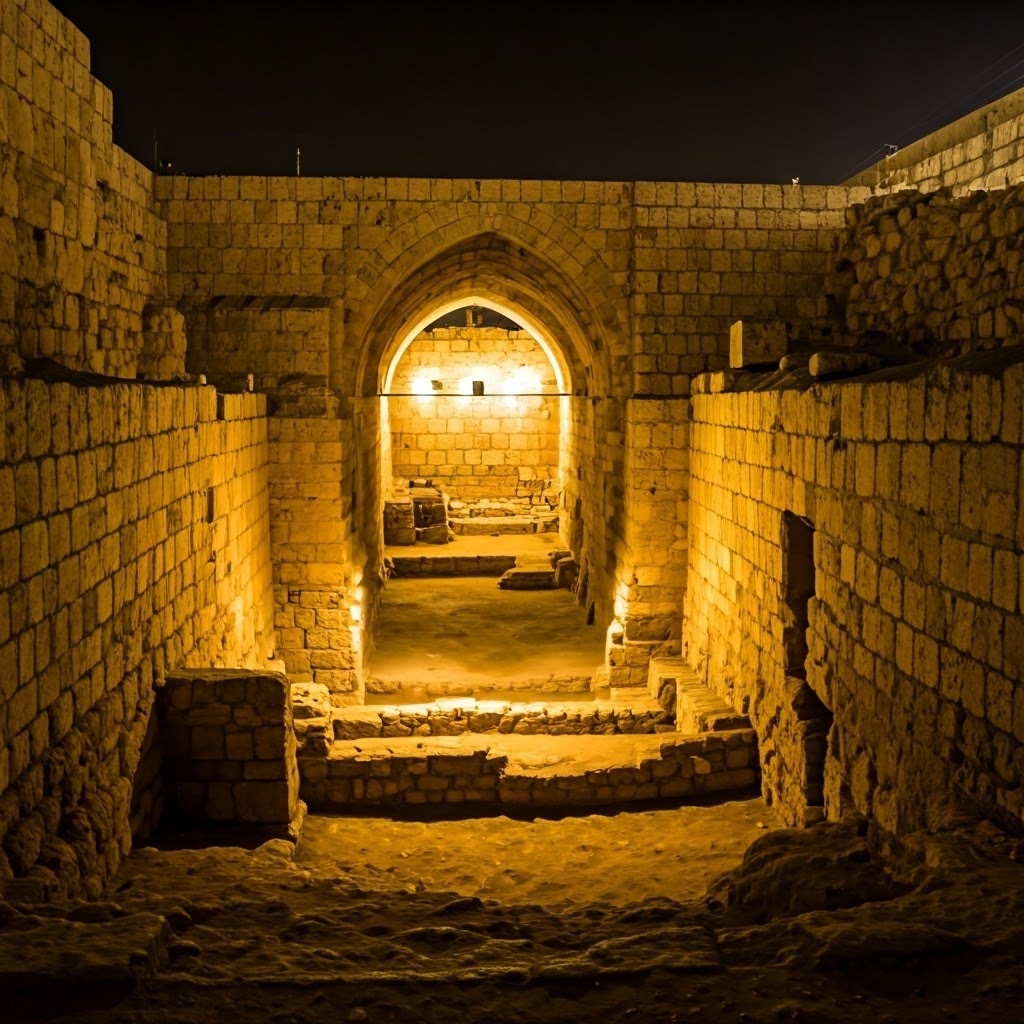Archaeologists may have proven the existence of a long-lost temple where Jesus is said to have performed miracles.
Several passages in the New Testament describe how he preached and healed the sick inside a synagogue in the ancient Israeli city of Chorazin.
Jews from around the world have been traveling to a holy site in Korazim National Park, in the north, where historical records placed the temple.
A synagogue built in 380AD was discovered in the early 1900s, but there was no physical evidence dating it back to the times of Jesus – until now.
While excavating the synagogue uncovered in 1905, a team of archaeologists uncovered the ruins of an even older temple buried beneath.
‘This is a groundbreaking discovery. I have been excavating all over [the globe], and, for me, it’s definitely one of the most important excavations I’ve ever directed,’ said lead archaeologist Achia Cohen-Tavor, from Dagesh Tourist Archaeology.
Cohen-Tavor and his team removed the floor of the third-century ruins, finding giant boulders that had been been put in specific arrangements.
The team went to work removing the giant rocks, finding pottery, coins and cookware nestled between them.
‘I can’t date the rock itself when it was put here,’ Cohen-Tavor said in a YouTube video detailing the find, which happened in 2022.
‘What I can date is the pottery and, hopefully, coins coming from the between the rocks and definitely what ‘s beneath them.
‘Whatever I get from between those stones would be dating the construction of the synagogue here.’
During the video, he poured out a collection of pottery that he determined dated to the first-century.
Cohen-Tavor said the giant boulders placed in the ground and the artefacts were the most evidence of first-century dwellings ever found in the region.
What was found at the site are just clues about the first century synagogue, but the archaeologists believe the artefacts will soon confirm their assumptions.
The Book of Matthew names the site the city of Chorazin, which featured a synagogue where Jesus taught.
However, he also cursed the town after locals rejected him and his teachings.
‘Then he began to denounce the cities in which most of his mighty works had been done, because they didn’t repent,’ the holy book reads.
‘Woe to you, Chorazin! Woe to you, Bethsaida! For if the mighty works had been done in Tyre and Sidon which were done in you, they would have repented long ago in sackcloth and ashes.’










